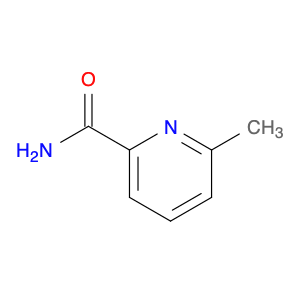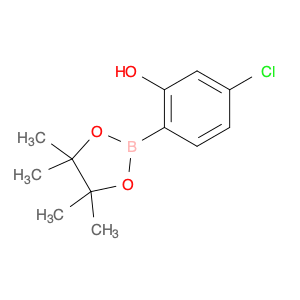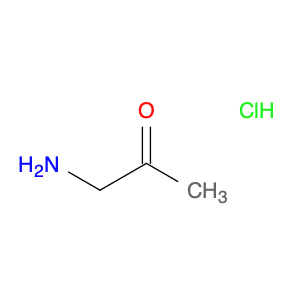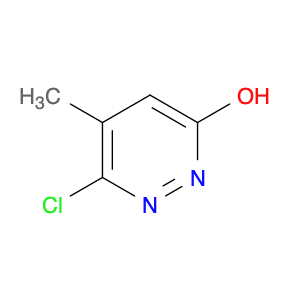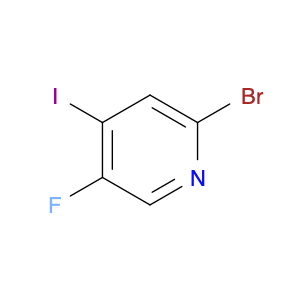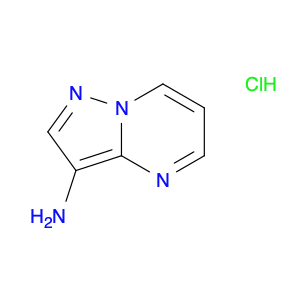6-Methylpicolinamide, also known as 6-MPA, is a valuable chemical reagent widely used in organic synthesis. Its application in chemical synthesis revolves around its unique structural properties that make it a versatile building block for the creation of various organic compounds. One key application of 6-Methylpicolinamide lies in its ability to serve as a ligand in coordination chemistry. The nitrogen atom in the picolinamide moiety can coordinate with metal ions, facilitating the formation of metal complexes that are crucial in catalytic processes. These metal complexes have proven to be highly efficient in promoting a range of chemical transformations, such as C-C bond formation, hydrogenation reactions, and asymmetric catalysis.Furthermore, 6-Methylpicolinamide can also act as a precursor in the synthesis of biologically active compounds. By functionalizing the methyl group or the nitrogen atom, chemists can modify the parent structure to introduce specific properties or enhance the biological activity of the resulting molecules. This versatility makes 6-Methylpicolinamide a valuable tool in drug discovery and development, as well as in the preparation of advanced materials with tailored functionalities.Additionally, the presence of the picolinamide scaffold in 6-Methylpicolinamide confers it with chelating properties, allowing it to form stable complexes with various metal ions. These complexes find applications in areas such as metal extraction, environmental remediation, and analytical chemistry.In summary, 6-Methylpicolinamide plays a crucial role in chemical synthesis by serving as a key building block in the construction of complex molecules, a versatile ligand in coordination chemistry, and a precursor for the preparation of biologically active compounds and advanced materials. Its diverse applications make it a valuable tool for chemists seeking to explore new frontiers in organic chemistry and beyond.
 sales@aaronchem.com
sales@aaronchem.com
